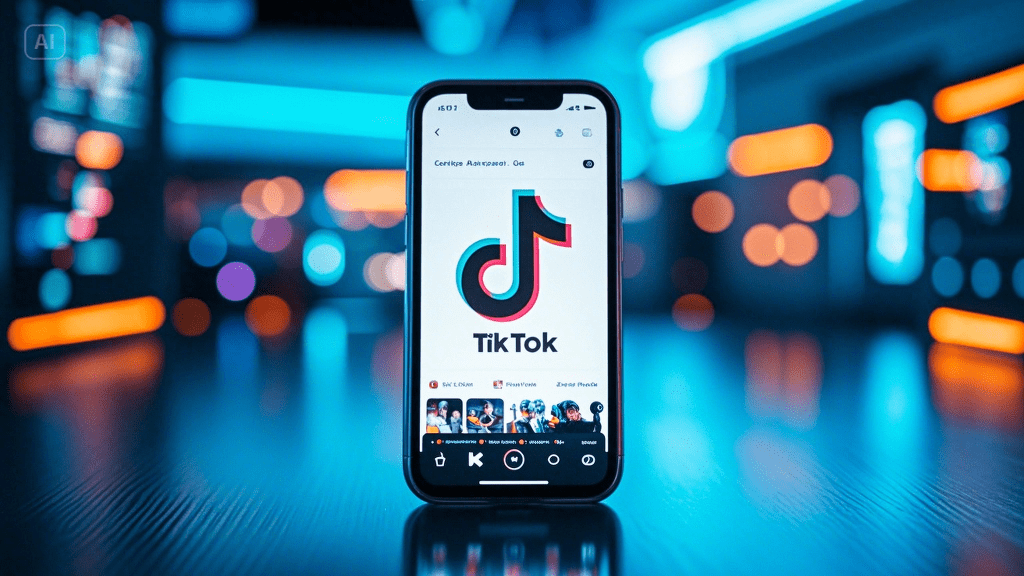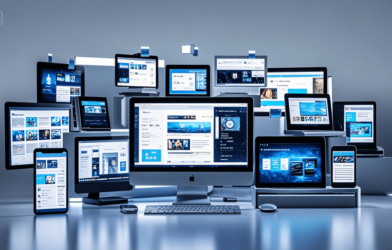Artificial intelligence is the secret engine powering TikTok’s massive global success. From content recommendations to real-time video editing, AI helps create a hyper-personalized user experience that keeps people scrolling for hours. But TikTok isn’t just using AI—it’s redefining how AI is applied in social media.
In this guide, we’ll explore how AI is shaping TikTok, the risks and rewards of algorithmic content curation, and what this means for the future of social platforms.
🔍 Table of Contents
How TikTok Uses AI Behind the Scenes
The Role of Recommendation Algorithms
AI in Content Creation and Moderation
Benefits for Creators and Brands
Ethical Concerns and Criticism
Future Trends in AI and Social Media
1. How TikTok Uses AI Behind the Scenes
TikTok’s user interface may seem simple, but behind the scenes, complex AI systems are running nonstop. Every like, scroll, pause, and rewatch is logged and fed into machine learning models that shape your For You Page (FYP).
AI allows TikTok to:
Personalize content feeds in real time
Identify trending topics globally
Predict which videos will go viral
Moderate harmful or policy-violating content
2. The Role of Recommendation Algorithms
The heart of TikTok is its recommendation engine. Here’s how it works:
| Signal | Influence on Recommendations |
|---|---|
| Watch Time | Longer views = stronger preference |
| User Interactions | Likes, comments, shares guide relevance |
| Video Information | Captions, hashtags, and sounds inform content context |
| Device & Account Info | Language settings, region, and device type refine content targeting |
This algorithmic feed makes TikTok more addictive than platforms based on follower networks, like Instagram or Twitter.
3. AI in Content Creation and Moderation
TikTok also offers creators AI-powered tools like:
Auto-captions for accessibility
Beauty filters and AR effects for engagement
AI voiceovers for narration
AI-generated music matched to mood and pacing
On the moderation side, AI flags content that violates guidelines—like violence, hate speech, or misinformation—before it spreads.
4. Benefits for Creators and Brands
✅ For Creators:
Easier content discovery regardless of follower count
Higher chances to go viral based on quality, not popularity
Access to creative tools powered by machine learning
✅ For Brands:
Laser-focused audience targeting
AI-powered ad placement through TikTok For Business
Insights into real-time user behavior
5. Ethical Concerns and Criticism
Despite its success, TikTok’s use of AI raises serious questions:
Data Privacy: Concerns over data collection and storage, especially for minors
Algorithmic Bias: Some users report suppression of certain communities or viewpoints
Mental Health: The highly personalized, addictive nature of the FYP may contribute to anxiety, depression, and screen addiction
TikTok’s parent company, ByteDance, has faced scrutiny from global governments over how AI is used and who controls the data.
6. Future Trends in AI and Social Media
Looking ahead, we can expect:
AI-generated influencers and avatars (e.g., Lil Miquela-style creators)
Emotion detection algorithms to gauge reactions in real time
Cross-platform AI models for better personalization across all social networks
TikTok will likely lead in integrating generative AI tools for video scripting, dubbing, and voice synthesis—further lowering the barrier to content creation.
📝 Conclusion
TikTok has become the blueprint for how AI can dominate social media. With unmatched personalization, smart editing tools, and AI-driven content delivery, the platform has changed how we consume and create online. As AI continues to evolve, expect TikTok—and its competitors—to lean even harder into automation, analytics, and algorithmic curation.












